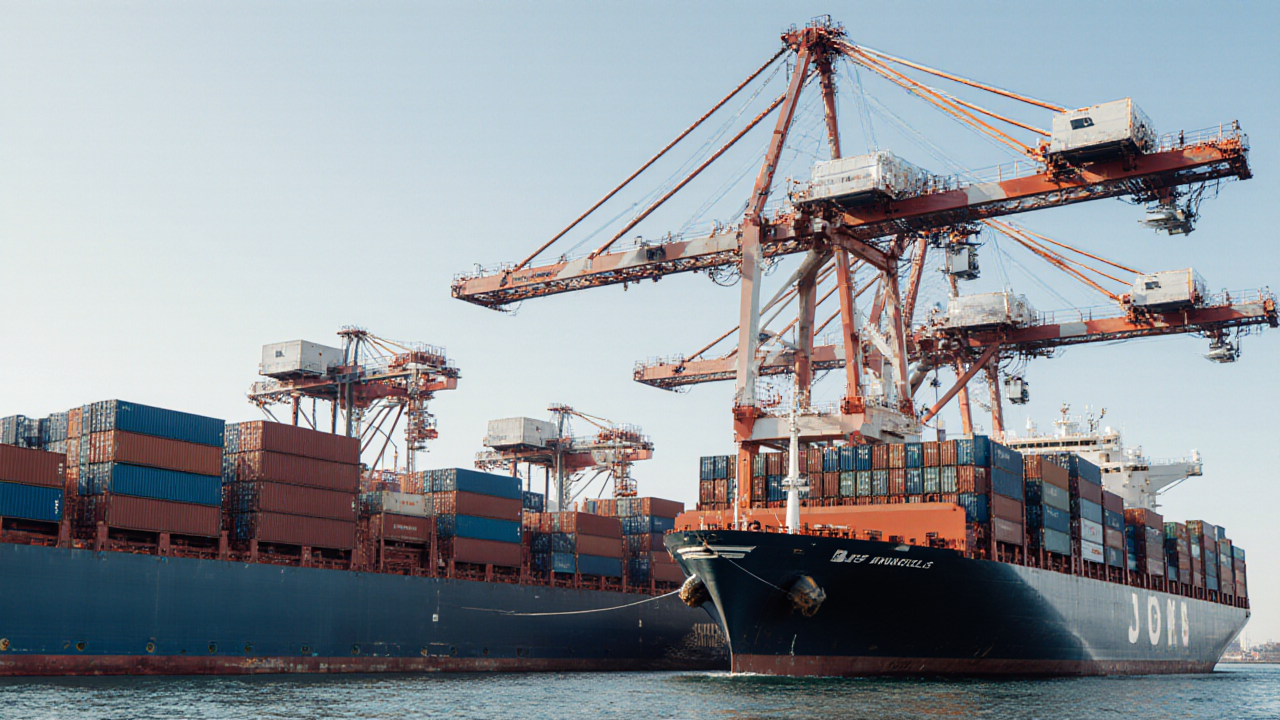
A leading U.S. seaport reported that it moved 3 million TEUs during the July‑September quarter, eclipsing the previous record set in the same period last year. The surge came despite a 7.5 % year‑over‑year decline in September, a typical lull as the peak shipping season winds down. The achievement underscores how even amid global trade turbulence, efficient port operations can sustain high throughput and deliver critical value to the broader logistics network.
The port’s performance also highlights the broader volatility that supply chain leaders must navigate. Trade policy remains a moving target, with ongoing negotiations over tariffs that could trigger sharper dips in cargo volumes during the final quarter of 2025. Executives in the industry are observing that the unpredictability of tariff regimes translates directly into shifting demand patterns, inventory levels, and freight costs across the entire value chain.
Beyond policy, the port’s reliance on equipment sourced from abroad introduces a second layer of risk. Roughly 20 % of the vessels that call the port are built in China, and an estimated 20 % of the shore‑side cranes were manufactured there. In addition, the port currently houses more than 5,000 pieces of Chinese‑made equipment. Should tariffs on Chinese‑built cranes and other machinery rise, procurement operations could face shortages or price spikes, forcing a rapid reassessment of supplier relationships and inventory buffers.
These dynamics point to a clear industry lesson: resilience now hinges on diversified sourcing and robust risk‑management frameworks. Leaders who proactively map the geographic origins of critical assets, invest in local manufacturing capabilities, and develop contingency plans for tariff shocks are better positioned to maintain service levels when global policies shift.
Data‑driven forecasting becomes essential in this environment. By integrating real‑time port throughput data with predictive analytics, supply chain managers can anticipate volume fluctuations, adjust capacity allocations, and optimize inventory holdings. Coupling such analytics with scenario planning for tariff changes can help firms avoid the “roller coaster” experience that many have endured this year.
Technology also offers a pathway to greater agility. Automation of yard operations, digital twins of port infrastructure, and blockchain‑based tracking can reduce dependency on single points of failure and enhance transparency across the network. When combined with human expertise, these tools enable hybrid decision‑making that balances speed, accuracy, and strategic foresight.
In sum, the port’s record throughput amid a backdrop of trade uncertainty serves as both a benchmark and a warning. Supply chain leaders should view this as a call to strengthen resilience, diversify supplier bases, and harness data‑centric tools to navigate the next wave of global commerce challenges.
Loading comments...